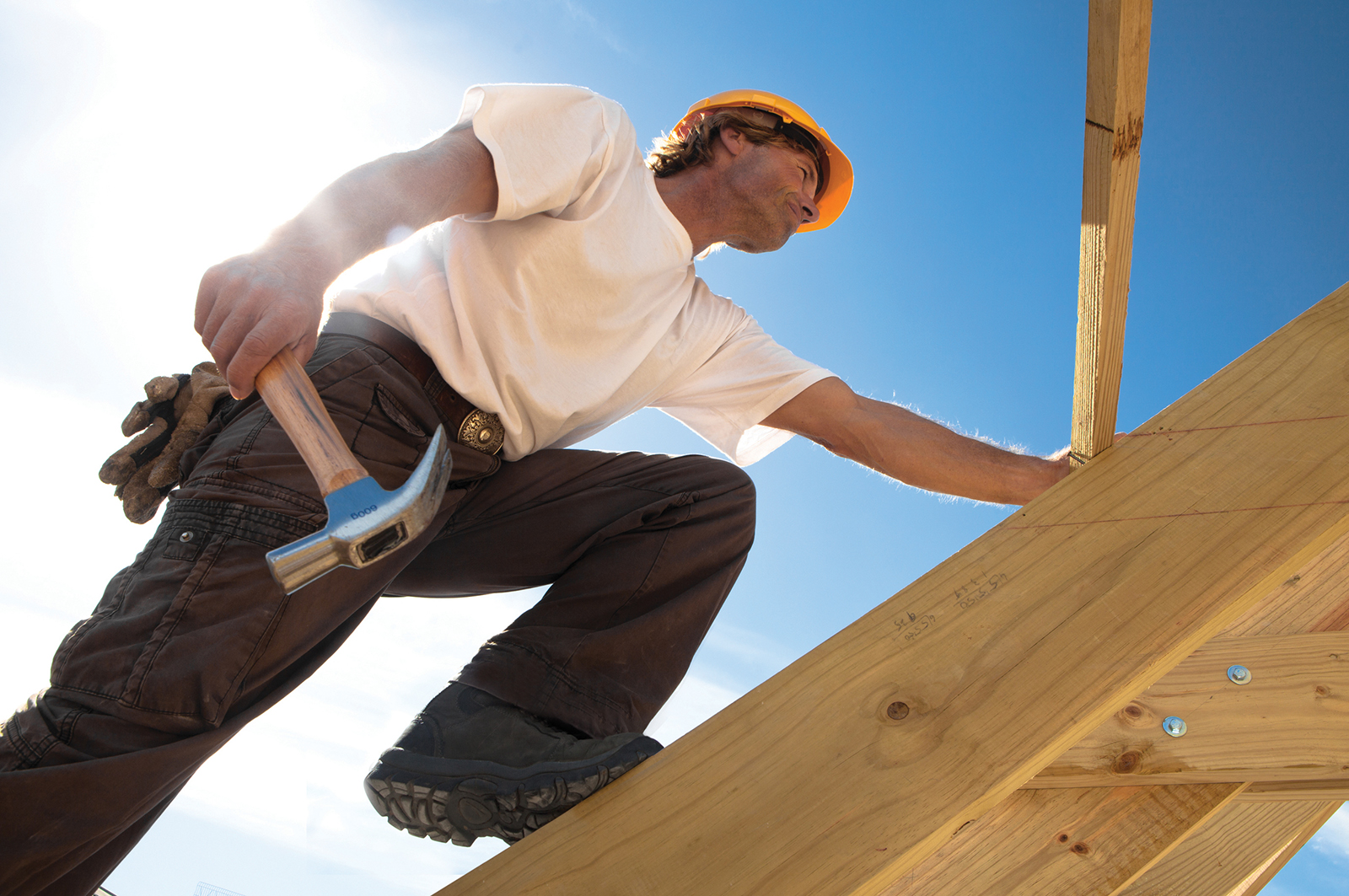Falls are the leading cause of death in the construction industry. The Occupational Safety and Health Administration (OSHA), in partnership with the National Institute for Occupational Safety and Health (NIOSH) and National Occupational Research Agenda (NORA) – Construction Sector, has been waging a nationwide outreach campaign to raise awareness among workers and employers about common fall hazards in construction, and how falls from ladders, scaffolds and roofs can be prevented. As OSHA highlights in its outreach campaign, falls can be prevented and lives can be saved through three important and highly effective steps: Plan, Provide and Train.
PLAN ahead to get the job done safely
A well-designed, written fall protection plan is the first step towards reducing risk and saving lives. OSHA mandates that the plan be developed by a qualified person with relevant knowledge and training to successfully implement an appropriate fall protection program.
An effective process for implementation of a successful fall protection plan would include:
- Performing a thorough hazard analysis to determine the areas of risk;
- Engineering out the hazards if possible;
- Implementing fall prevention systems such as guardrails, handrails and warning lines wherever possible;
- Selecting appropriate fall arrest equipment;
- Developing contingency plans and determining appropriate rescue equipment;
- Designing and delivering a comprehensive training program on all aspects of fall protection and rescue.
A complete fall protection plan should include a statement of company policy, a detailed list of fall prevention measures and delegation of ongoing responsibilities to a fall protection competent person to oversee inspection, record keeping, maintenance, equipment replacement, incident reporting, enforcement, accident investigation and training.
PROVIDE the right equipment
Workers who are six feet or more above lower construction levels are at risk for serious injury or death if they should fall. To protect these workers, employers must provide the right fall protection equipment for the job, including the right kinds of ladders, scaffolds and safety gear. If workers use personal fall arrest systems (PFAS), proper fit is important, and a harness should be provided for each worker who needs to tie off to an anchor. All fall protection equipment should be inspected regularly to ensure it’s in good condition and safe to use.
TRAIN everyone to use the equipment safely
Falls can be prevented when workers understand proper set-up and safe use of equipment. Hands on training must be provided to every employee who might be exposed to fall hazards. The training should enable workers to recognize the hazards of falling and instruct them on the procedures to be followed for each type of fall protection. Fall protection training should include time to learn and demonstrate the skills needed to effectively use all required equipment. A written test as well as performance testing on the equipment and the systems being used should be administered at the conclusion of training.
OSHA has provided numerous materials and resources to train workers on safe practices to avoid falls in construction.
Employers who design a thorough fall protection plan, provide the right equipment and train their workers on hazard awareness and the proper use of safety equipment will be well on their way to establishing a workplace that greatly reduces falling hazards, complies with OSHA standards and ultimately saves lives.

